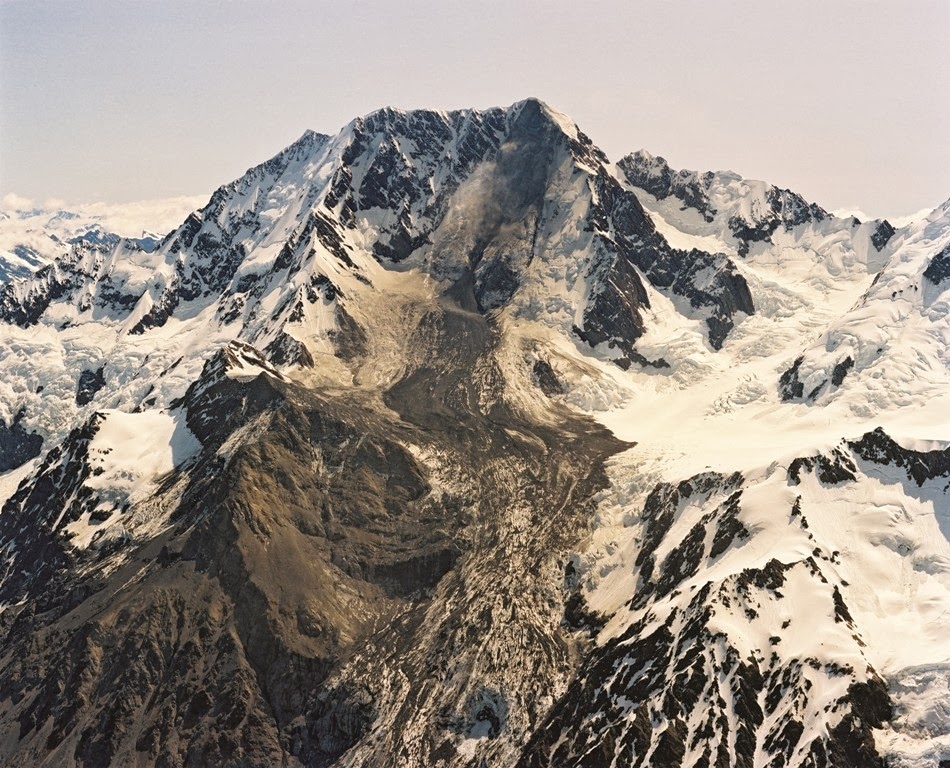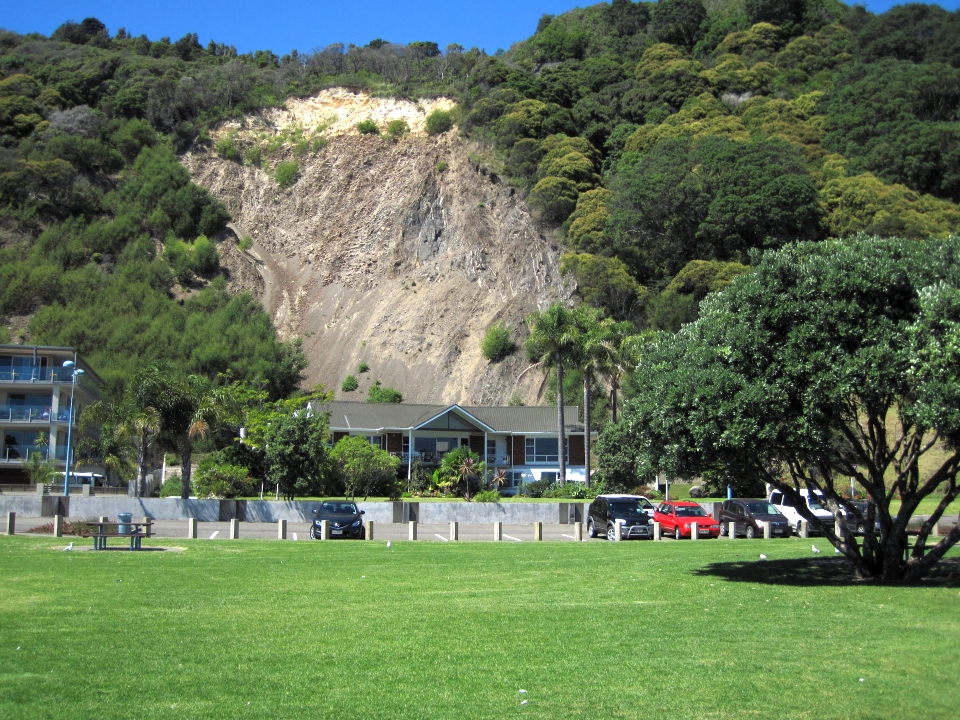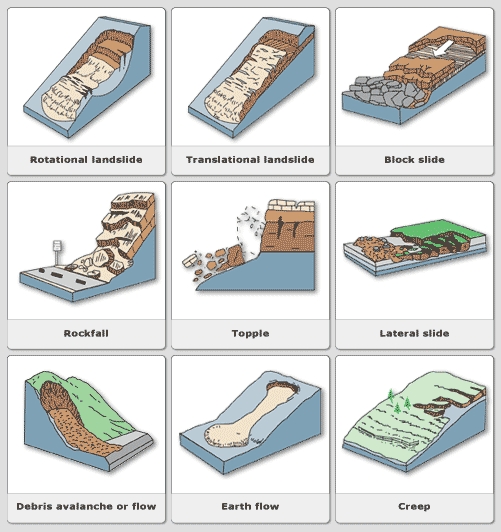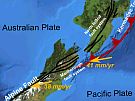Unstable land
New Zealand has a high number of landslides because:
- land is still being pushed up by plate tectonics
- rocks are often weak from this movement
- there are lots of earthquakes
- the land is hilly and cut by rivers
- slopes can be unstable, weak layers of volcanic ash or loess
- rainfall can be high
Some landslides move whole mountain sides, suddenly. Others are small or slow, moving only a few centimetres a year.
Causes
On unstable slopes, three things are important in causing large landslides:
- type of land, such as weak rock and steep slopes
- processes such as deforestation or stream erosion
- large rainstorms and large earthquakes
Human impact
Clearing forest has had the most impact on how stable the land is. Clearing land for farming has increased landslide activity. Building roads and subdivision earthworks can also increase landslide rates.
Types of landslides
There are different types of landslides. Some are slow moving over many years such as creeping earthflows, while others happen suddenly such as rock avalanches in the mountains.
The most common landslide in New Zealand occurs when the loose rock and soil above bedrock slides. These slides are often seen on steep farmland. Landslides can even happen under the sea and if large enough can start tsunamis.
Cost
Each year millions of dollars is spent clearing slips from roads and railway lines. It is a never-ending task – there are always more floods or earthquakes to come, and there is plenty of rock and soil waiting to fall down.
In general, landslides are more common in New Zealand than many countries because of the steep land, weak layers and high rainfall. However, landslides cause few deaths in New Zealand because there are not many people living in steep, mountain areas.










